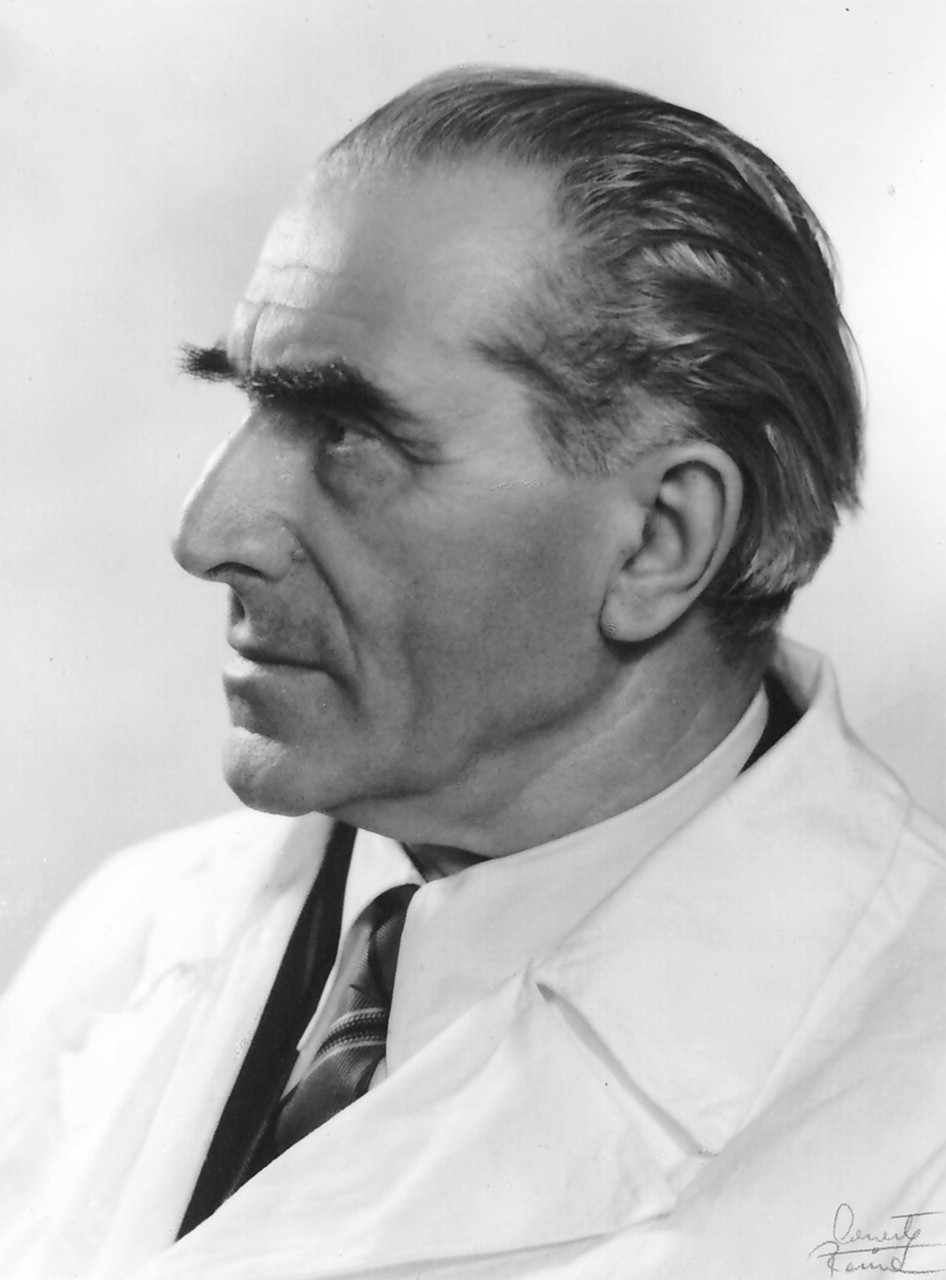Ugo Cerletti was from a Lombardy family and was born in 1877. While still a student, he entered the field of research, working under some of the most illustrious names in medicine at that time: Grassi, Sciamanna, Dupré, Pierre Marie, Kraepelin, Nissl, and Alzheimer. In the first phase of his scientific activity, Cerletti concentrated on several issues relating to histology and histopathology and demonstrated how nervous tissue has its own characteristic way of reacting to various pathogenic stimuli. As a consequence of his work, and that of Nissl and Alzheimer, the histopathology of nervous tissue became an autonomous category within the general makeup of the medical sciences. Other important work that Cerletti conducted was on the histopathology of intracerebral vessels, perivascular corpuscles (also known as the corpuscles of Cerletti), the histopathology of neuroglia, the origin of rod cells, the phagocytic processes of cerebral matter, and the pathological alterations of neurofibrils.
From 1919 to 1924 Cerletti was the director of the Neurobiological Institute of the Psychiatric Hospital of Milan. He then held posts in Genoa (1928) and Rome (1935), whose psychiatric clinics still bear the imprint of his great organizational capacities, both as hospitals and as teaching institutes.
On April 14, 1938, Cerletti and his colleague Bini gave the first “electrical treatment” for mental illness. Five years earlier, Sakel’s insulin treatment had been introduced in psychiatric clinics, and 3 years earlier, Meduna’s convulsant treatment with cardiazol was developed. Cerletti conceived the idea of replacing these methods with electric current, which was known from animal work to provoke unconsciousness for anesthetic purposes; after the current was used, the animal regained consciousness and remained perfectly healthy. The first treatment was given without complication to a person suffering from paranoid schizophrenia. After one incomplete and 11 complete ECTs, the patient was discharged, declaring himself to be enthusiastic about the treatment. He was able to return to work.
Subsequent work demonstrated ECT to be a safe and highly effective treatment, particularly for mood disorders but also for some patients with schizophrenia. In 1944, the Electroshock Research Association was founded in the United States; this association published reports on ECT, with original work and extensive monographs. In 1947, the National Research Body instituted in Rome a center for the study of ECT physiopathology. Because of its superior safety and efficacy, ECT has replaced Sakel and Meduna’s methods, and it continues to be an important tool in the modern treatment armamentarium at the end of the twentieth century.


